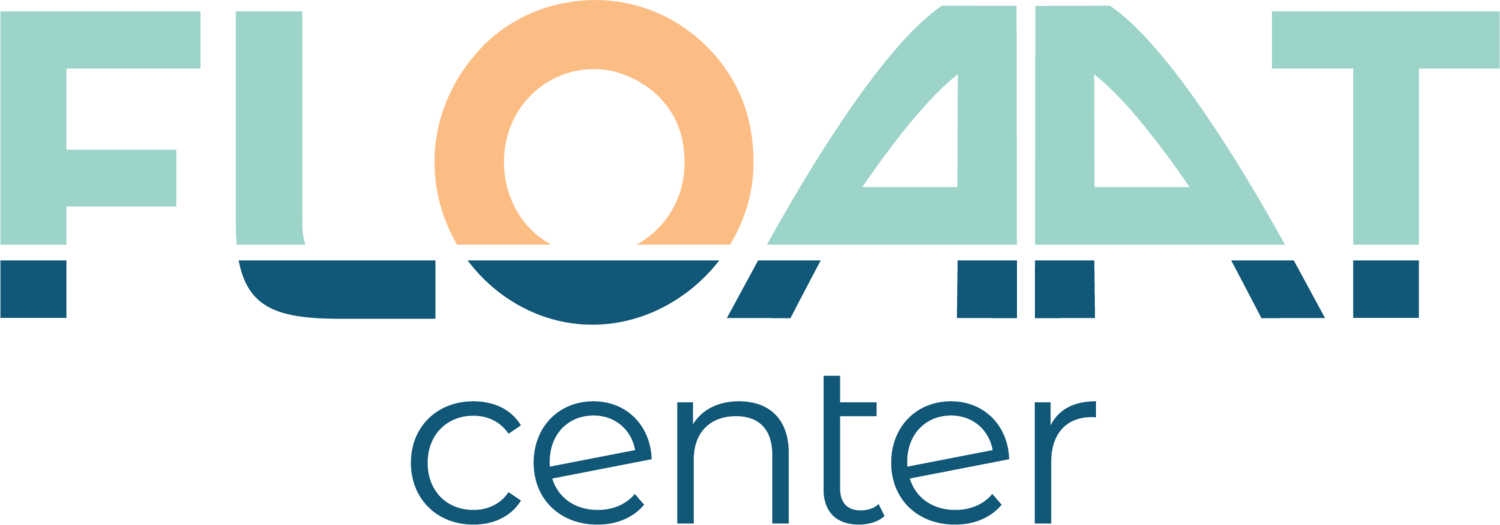A Look at Brief Intensive OCD Treatments
Author: Allison Greene, UF Doctoral Student
Published: March 2023
What is CBT with ERP?
Cognitive Behavioral Therapy (CBT) with Exposure and Response Prevention (ERP) is the most empirically supported psychotherapeutic treatment for individuals with Obsessive-Compulsive Disorder (OCD). The exposure part of ERP includes exposing the individual to their thoughts, images, objects, or situations that make them anxious and start obsessions. The prevention part of ERP involves the individual making a choice to not give in to a compulsive behavior once their anxiety or obsessions have been triggered.
Effectiveness of ERP for OCD
A significant proportion of patients who complete ERP treatment show improvement in OCD symptoms. One predictor to treatment response and outcome is OCD symptomatology. Better treatment response includes a lower baseline symptom severity and greater insight. Poorer treatment response includes OCD being characterized by unacceptable and taboo thoughts, along with compulsions related to incompleteness.
Outpatient Intensive Treatment Outcomes
Many studies have been done to support the outcomes of outpatient intensive treatment for adults. One study found that trials of intensive treatment were found to be effective. Another study found a 53% reduction in symptom severity after 6 sessions of individual therapy with SSRI medications. Dr. Cindi Gayle has been a part of treatment outcome studies that have shown 80-85% of participants show a significant reduction of OCD symptoms after 15 sessions. Intensive treatment also showed a greater reduction in depressive symptoms over weekly treatment.
Many studies have also been done to measure the outcomes of outpatient intensive treatment for children. Some of these studies found no differences between the outcomes for those who attended weekly sessions versus intensive treatment. Other studies found outpatient intensive treatment to be effective for children. One study found the benefits of a group-based 5-day intensive treatment program. Another study found benefits to individual brief intensive treatment over 5 days, which was upheld at 3 months post-treatment.
Progress Monitoring Tools
Progress monitoring tools are used in OCD treatment to measure the progress or lack of progress an individual is making over time. The following is a list of popular OCD progress monitoring tools. This list includes inventories for adults and children.
Yale-Brown Obsessive-Compulsive Inventory (Y-BOCS)
Children’s Yale-Brown Obsessive-Compulsive Inventory (CY-BOCS)
Florida Obsessive Compulsive Inventory (FOCI)
Children’s Florida Obsessive Compulsive Inventory (C-FOCI)
Obsessive Compulsive Inventory – Revised (OCI-R)
Obsessive Compulsive Inventory – Children’s Version - Revised (OCI-CV-R)
Limitations of Intensive Outpatient Treatment
Many of the limitations of intensive outpatient treatment surround treatment being difficult to access. The reason treatment is difficult to access is because of the lack of therapists, geographical and financial barriers, and time intensive nature of the treatment.
Learn More About OCD Treatments
The FLOAAT Center offers a variety of different treatment methods for people of all ages who are diagnosed with or have been displaying signs of OCD. Our team is here to help you take the first step toward getting the care you need. Contact us today if you are interested in our intensive outpatient programming!
References:
Baruah, U., Pandian, R. D., Narayanaswamy, J. C., Math, S. B., Kandavel, T., & Reddy, Y. J. (2018). A randomized controlled study of brief family-based intervention in obsessive compulsive disorder. Journal of Affective Disorders, 225, 137-146.
Bolton, D., Williams, T., Perrin, S., Atkinson, L., Gallop, C., Waite, P., & Salkovskis, P. (2011). Randomized controlled trial of full and brief cognitive‐behaviour therapy and wait‐list for paediatric obsessive‐compulsive disorder. Journal of Child Psychology and Psychiatry, 52(12), 1269-1278.
Canavera, K. E., Ollendick, T. H., Farrell, L. J., & Whiteside, S. P. (2022). A Five-Day Intensive Treatment for Pediatric Obsessive-Compulsive Disorder: A Multiple Baseline Design Pilot Study. Evidence-Based Practice in Child and Adolescent Mental Health, 1-13.
Farrell, L. J., Oar, E. L., Waters, A. M., McConnell, H., Tiralongo, E., Garbharran, V., & Ollendick, T. (2016). Brief intensive CBT for pediatric OCD with E-therapy maintenance. Journal of anxiety disorders, 42, 85-94.
Jónsson, H., Kristensen, M., & Arendt, M. (2015). Intensive cognitive behavioural therapy for obsessive-compulsive disorder: a systematic review and meta-analysis. Journal of Obsessive-Compulsive and related disorders, 6, 83-96.
Law, C., & Boisseau, C. L. (2019). Exposure and response prevention in the treatment of obsessive-compulsive disorder: current perspectives. Psychology research and behavior management, 1167-1174.
Remmerswaal, K. C., Lans, L., Seldenrijk, A., Hoogendoorn, A. W., van Balkom, A. J., & Batelaan, N. M. (2021). Effectiveness and feasibility of intensive versus regular cognitive behaviour therapy in patients with anxiety and obsess
Storch, E. A., Geffken, G. R., Merlo, L. J., Mann, G., Duke, D., Munson, M., ... & Goodman, W. K. (2007). Family-based cognitive-behavioral therapy for pediatric obsessive-compulsive disorder: Comparison of intensive and weekly approaches. Journal of the American Academy of Child & Adolescent Psychiatry, 46(4), 469-478.
Whiteside, S. P., Dammann, J. E., Tiede, M. S., Biggs B. K., & Hillson Jensen, A. (2018). Increasing availability of exposure therapy through intensive group treatment for childhood anxiety and OCD. Behavior Modification, 42(5), 707-728.
https://iocdf.org/expert-opinions/expert-opinion-measuring-oc-symptoms/
